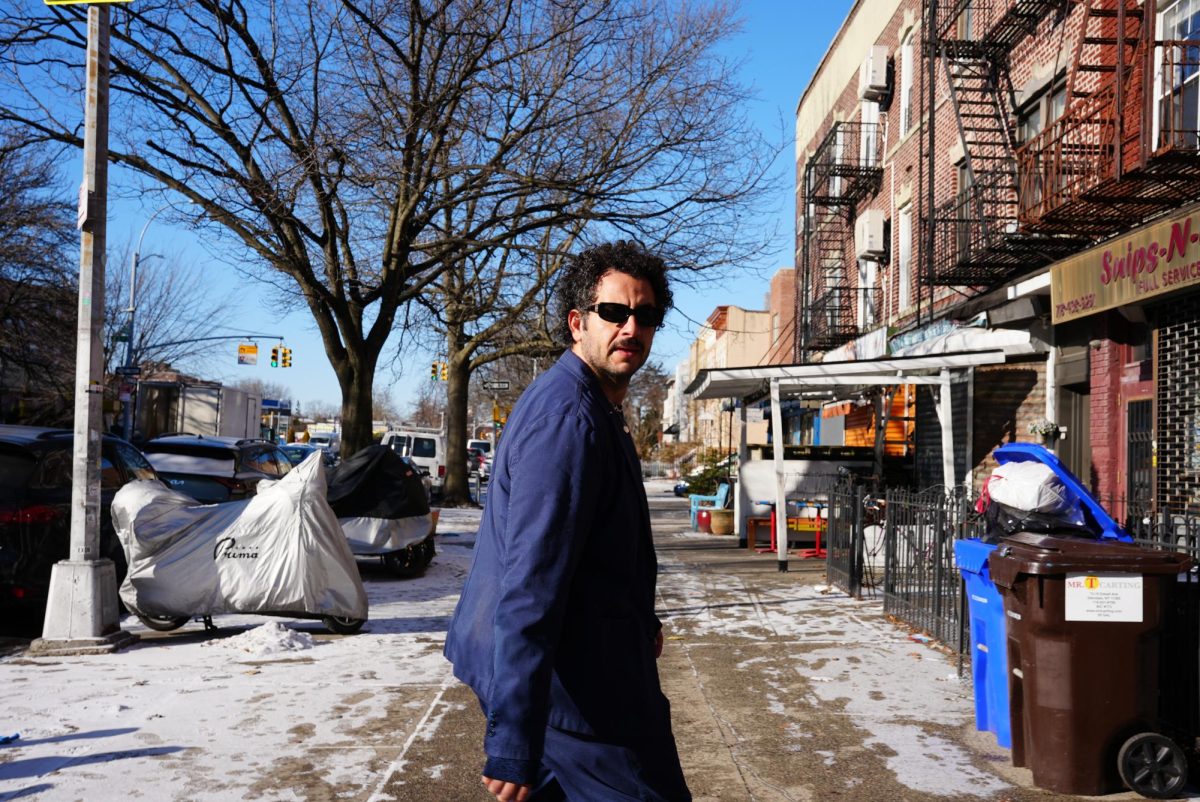What: Filmmakers in Conversation: Chris Sullivan’s Consuming Spirits
When: 7:30 p.m., Friday; 3 p.m., Saturday
Where: Walker Art Center, 1750 Hennepin Ave., Minneapolis
Cost: $9 ($7 Walker members, students with ID and seniors)
Chris Sullivan’s experimental animation “Consuming Spirits” is a scrupulously handcrafted, novelistic tale of the darkly intertwined lives of three main characters, Earl Gray, Gentian Violet and Victor Blue, in a fictional Rust Belt town.
Sullivan’s filmic dystopia takes viewers down a pocketful of life’s dark alleys, exploring dismal themes of alcoholism, foster care and death, among others. This animated portrait eschews any resemblance to a bubblegum Disney or Pixar film; instead, it’s painted with sin, misery and only miracles whetted in the macabre.
The filmmaker, director, animator and professor at the School of the Art Institute of Chicago talked with A&E about his artistic process and unexplained reasoning for the film’s idiosyncrasies.
The film took you 15 years to create and produce. Can you talk about the process of that?
It was originally going to be a somewhat hardboiled detective story. I was really into ’50s radio drama, so that was kind of a starting point. And then it had a drinking element in it for sure and things that were not literal autobiographical things but things that crossed that line into autobiographical.
After a while, I got disinterested in the hardboiled detective thing, and I wanted the alcoholic thing to be a thread of the film but not mainly in the forefront in terms of characters’ motivations.
I try to tell my students to listen to their film. When it starts to get disinterested, you should pay attention to those changes.
Fifteen years is a long time — how did you remain engaged throughout that whole process? Was there ever a time you felt like calling the whole project quits?
I wouldn’t say I was thinking of calling it quits, but I was definitely wondering if it was working. There were times that I was very scared and worried that the piece was a complete disaster. In terms of [the technology], I had some issues transferring it digitally.
How did it feel revisiting your past through this animation? Was it something you wanted to do or did it evolve?
It kind of evolved. The film is definitely not my past, but there are elements of it. There is a lot of repression involved when working in art.
My father’s name is Larry — I don’t know why I decided to not fictionalize that name. Somehow I had some memories that were involved in it. If I were to go back in time, I would change it, but I can’t argue it. It’s interesting. I don’t have a thesis behind why I chose to do things certain ways.
Animated characters can be difficult for an audience to engage and identify with, were you ever concerned this might be a problem for “Consuming Spirits?”
I not only was but still am. There’s a risk you take in animation. I know that the reality is people have crushes on actors and actresses, but I do think that the characters come alive, and the voice talent is greatly responsible for that. I still worry about it, yes, but I have had great responses from audiences and critics thus far.
Was there any specific reason you chose to make the characters look so real and less plasticized?
It was just the natural way that I drew them; I didn’t overly think that. I think it’s interesting though, I haven’t had a whole lot of support from the animation world. It’s kind of interesting.
Several times in the film, the characters ask these deep and intimate questions. Are these questions that you as the writer have and want to ask the audience?
I think those things that I ask that seem to be rhetorical questions are, yes, things that I want people to consider and think about. Particularly when Earl has his big soliloquy; those are questions I think about and I ask myself and I ask of my parents. There is fiction in there, that’s definitely true, but there are also strange things that do connect with life.







